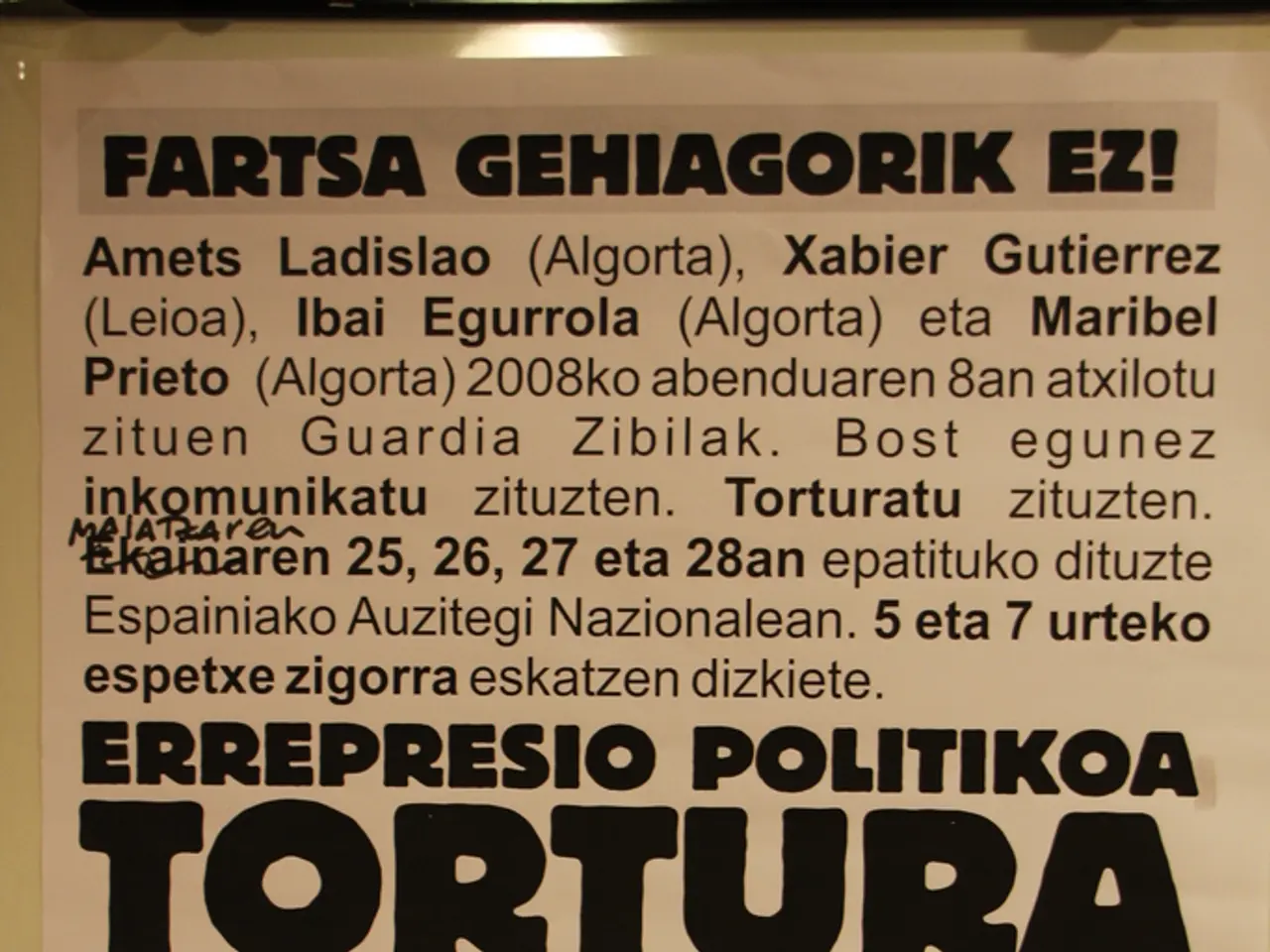Guidelines for Journeys Along the Camino Francés and Other Routes of Saint James
Article Title: Exploring the Various Routes of the Camino de Santiago
The Camino de Santiago, a renowned pilgrimage route in Europe, offers more than just the classic Camino Francés. This ancient path, leading to the shrine of the apostle Saint James in Santiago de Compostela, boasts several alternative routes, each with its unique charm and challenges.
One such route is the Camino Francés, the most popular and well-trodden path, starting in Saint-Jean-Pied-de-Port, France, and winding through northern Spain to Santiago de Compostela. However, there are other routes that present different experiences.
The Camino Portugués, for instance, begins in Lisbon or Porto and passes through Fátima, Coimbra, Porto, and Pontevedra. The coastal version from Porto or Vigo is favoured for its seaside scenery and summer walking conditions. Another popular route is the Camino del Norte, a northern coastal path from Irún through San Sebastián, Bilbao, Santander, Gijón, and Ribadeo, known for its dramatic coastal views.
For those seeking a more challenging terrain, the Camino Primitivo and Camino Sanabrés offer rugged landscapes and forests. The Primitivo, an older route starting in Oviedo, is generally quieter and more challenging than the Francés. The Sanabrés, a branch of the Vía de la Plata, is known for its hilly terrain, thermal springs, and peaceful rural scenery.
The Vía de la Plata, a long route from Sevilla through Mérida, Cáceres, Salamanca, and Zamora, is notable for its quieter and less crowded path. Another shorter route, the Camino Inglés, traditionally used by pilgrims arriving by sea, starts from Ferrol or A Coruña.
In addition to these, there are routes like the Finisterre and Muxia on the west coast of Spain, which are becoming increasingly popular among pilgrims. Those who complete the journey to Fisterra and then to Muxia, or vice versa, can pick up another certificate in Fisterra ("Fisterana") and Muxia ("Muxiana").
The Compostela, a certificate given to those who have completed their Jakobsweg in Santiago, can be obtained by covering at least 100 consecutive kilometers on foot or horseback on one of the recognized paths since 2025. The Pilgrim's Pass, or Credencial, is necessary for staying in pilgrim hostels along the Camino de Santiago and is filled day by day with stamps, or 'sello', as they say in Spain.
The Camino de Santiago has been the subject of numerous films, with Hape Kerkeling's book "Ich bin dann mal weg" (I'm off then) from 2006 bringing the route back into the memory of people in Germany. The film adaptation of Kerkeling's book, "The Way" by Emilio Estevez, is probably the most well-known.
Don Elias Valiña Sampedro, a priest, breathed new life into the Jakobsweg by marking the route to Santiago with yellow paint in 1984. Despite the tradition of burning a piece of clothing at the lighthouse in Finisterre being prohibited due to repeated fires, the Camino de Santiago continues to captivate and inspire pilgrims from around the world.
The Camino de Santiago, with its diverse routes, offers a unique lifestyle experience while traveling. The Camino Portugués, for example, presents a scenic seaside journey from Porto or Vigo to Santiago de Compostela, catering to travelers who appreciate coastal landscapes.





